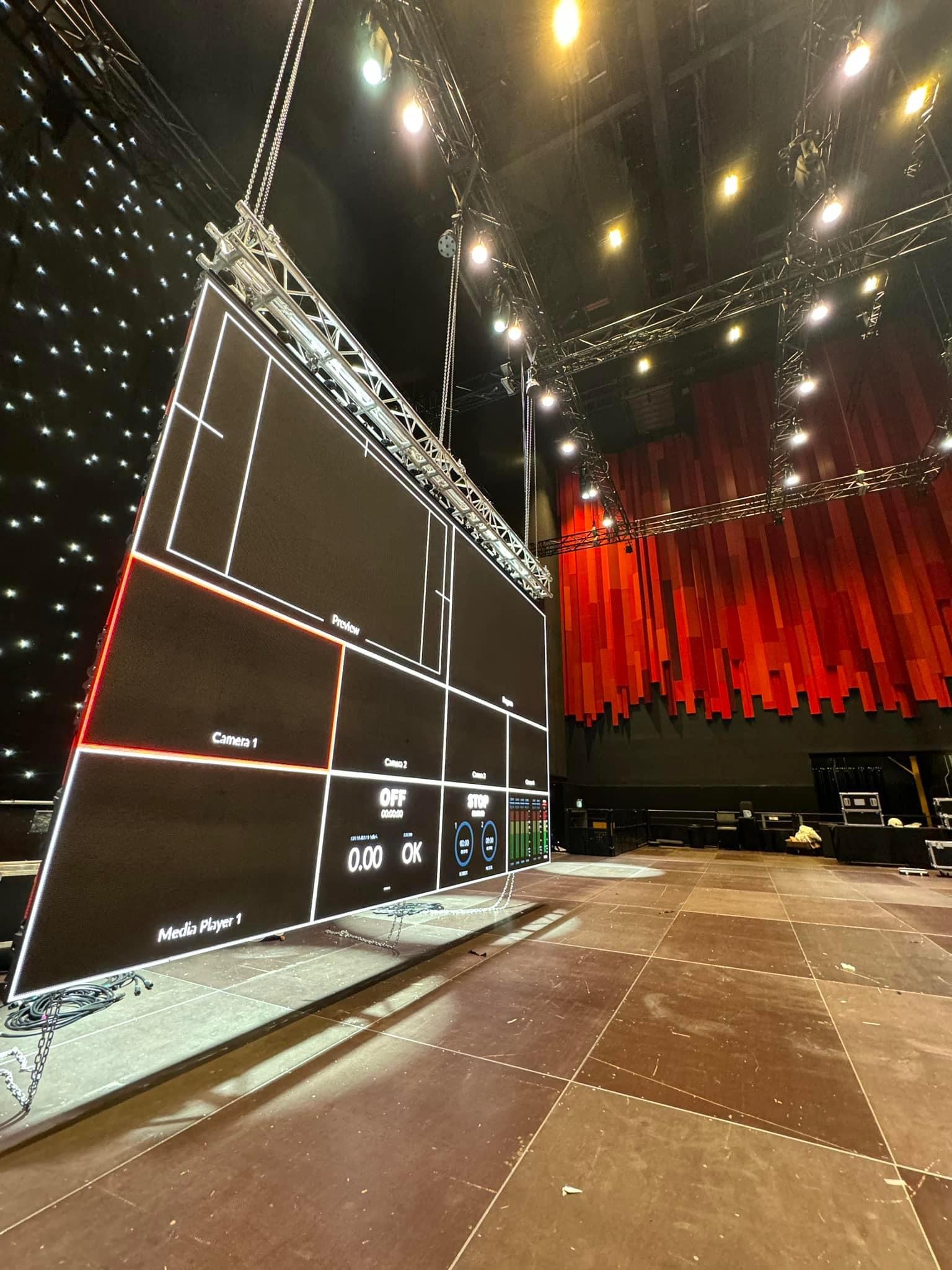Clarifying Light Emitting Diode Wall Screen Brightness Metrics aiming at Ideal Screen Performance
Clarifying Light Emitting Diode Wall Screen Brightness Metrics aiming at Ideal Screen Performance
Blog Article
Light Emitting Diode panel screens are more and more favored in various settings, including homes and businesses and public areas. Such screens tend to be known due to the vivid as well as dynamic visuals, which make them ideal to conveying information, advertisements, as well as engagement. Nevertheless, comprehending brightness brightness levels of LED wall screens remains crucial for ensuring optimal visual efficacy. Brightness is quantified using metrics known as candelas, which indicate the amount of luminosity produced by the panel. A greater number of quantity in nits, the brighter more luminous a visual is. For instance, instance, a panel with 1,000 nits stands significantly more vivid than one with 500 nits, making it better equipped for brightly lit settings.
When choosing a Light Emitting Diode wall panel, one is important in take into account which environment in that the screen will be placed. In brightly illumined areas, like retail environments and open-air settings, a increased luminosity level becomes essential to ensure visibility. Conversely, in dimmer environments, like cinemas and conference rooms, a diminished illumination rate may be adequate. This is because excessive because excessive brightness within an dark environment can result to discomfort for viewers, making it more difficult for concentrate with the display. Thus, comprehending specific particular needs for the installation location can help with selecting a suitable illumination rate to ensure ideal visual experience.
A further crucial element for consider the contrast contrast ratio of the LED wall panel. The contrast ratio measures the disparity between the brightest most luminous light versus the darkest black black which the panel can produce. A higher differential ratio means that the display is capable of present greater clarity as well as richness, which enhances overall image quality. For example, a screen boasting a contrast ratio of 10,000:1 will show visuals featuring more vivid colors and sharper details than a with a proportion at one thousand to one. Such becomes especially important when displaying images and motion graphics which require high definition as well as fine details, including presentations or promotional content.
Additionally, the technology mechanism that drives Light Emitting Diode panel screens has an crucial role in the illumination as well as look what i found total efficiency. Various kinds in LED technologies, including Organic Light Emitting Diode as well as Liquid Crystal Display, have unique traits that impact the way luminosity is perceived. Organic Light Emitting Diode panels typically provide superior differential as well as darker shades, thereby can enhance a viewing experience in dim settings. Conversely, traditional LED panels might prove to be more suitable for bright environments because of their ability for generate greater levels of illumination. Comprehending such technological differences will guide consumers to deciding on informed choices according to specific specific needs.
Finally, consistent maintenance as well as calibration for Light Emitting Diode panel panels may assist maintain optimal illumination as well as efficacy long-term. Dirt as well as dirt can build up in the screen, impacting the illumination as well as sharpness in a display. Regular washing and professional adjustment may ensure the the screen functions in its optimal, offering consistent image clarity. Additionally, some Get More Information sophisticated LED wall panels feature built-in integrated options that allow operators for modify illumination levels as well as hue settings according to individual preferences. By taking such measures, users can ensure that LED LED wall screens deliver the optimal display performance, no matter where setting in that they are used.